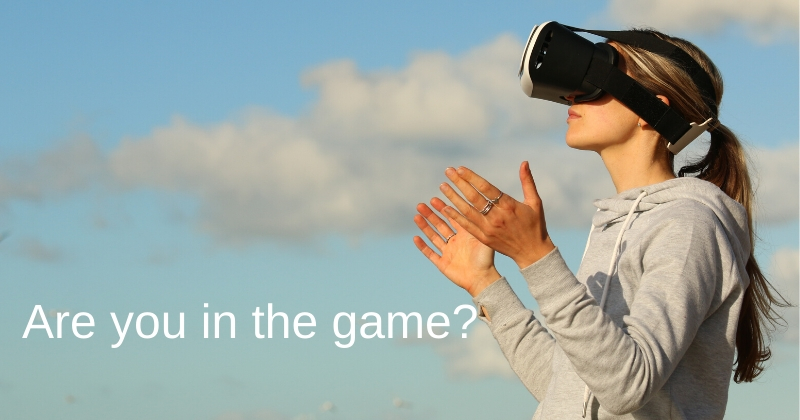Look at Instagram and Snapchats, Augmented Reality and Virtual Reality has taken the world of Social Media by storm.
VR is “an interactive computer-generated experience taking place within a simulated environment,” while AR is “a technology that superimposes a computer-generated image on a user’s view of the real world.”
Next year, VR and AR are bound to seep into marketing space on a large scale. Take Ikea for example, the furniture retailer has already stepped into the world of virtual experience with their video game. It isn’t just the giant business brands exploring VR and AR, there are spectacles and beauty brands alike that are already implementing Artificial Intelligence on their app.

(Picture credit: Digiday)
This means that the customer experience is an immersive one and marketing strategies have to keep up with customer demands. Make room for your new marketing technique known as ‘360-degree Marketing.’
Remember when you used to scroll down Facebook and chance upon a picture you could rotate and get an HD quality experience of the place? Now, with AR and VR, this experience has been drawn into marketing space especially with travel and tourism. In the coming decade, 360-degree marketing will only be the welcome mat.
According to the International Data Corporation (IDC), total revenues in the Augmented and Virtual Reality market are expected to reach more than 162 billion dollars by 2020.
No matter how big or small your brand is, it is advisable to incorporate the VR or the AR experience to your brand to let it grow. Here’s why
Explaining your brand
You know the common adage, “action speaks louder than words.” VR and AR let your brand be the action. Your customers can see, sense and understand your brand better with VR and AR, and whatever new concept you come up with can be easily communicated with the customers. You can also give your customers a virtual tour of your brand and spaces.
Your customers will love the experience
As long as you give them something unique, your customers will love the experience. If you have a lipstick brand, get them to virtually try it. If you have a clothing brand, allow them to play virtual dress-up. If it’s car dealership then let them take a virtual test drive. Ideas are endless. Look at what you can offer and get the technology to boost your vision, not just to drive sales.
It’s a must if your brand is travel and lifestyle
Incorporating virtual reality on the app and website can boost your business. If your visitors get a trail experience of their destination then chances of them instantly booking the travel is highly likely. They can easily experience the VR together and even tell their friends to check, which will only boost your business.
Perfect time for small business to leverage on this
Small businesses are not at risk in implementing the VR because it has been tried and tested by business giants. With a perfect balance of budget, VR can be thoughtfully executed on a small scale. After AI, VR and AR are the way forward. AI has helped you gather data, target audience, and even chat with potential customers. VR and AR will ensure an immersive understanding of your brand and give the “try it before you buy it” experience that a lot of customers will rave about.
Brands are now understanding the significance of innovative user engagement to be on top of the game. The future has arrived.
